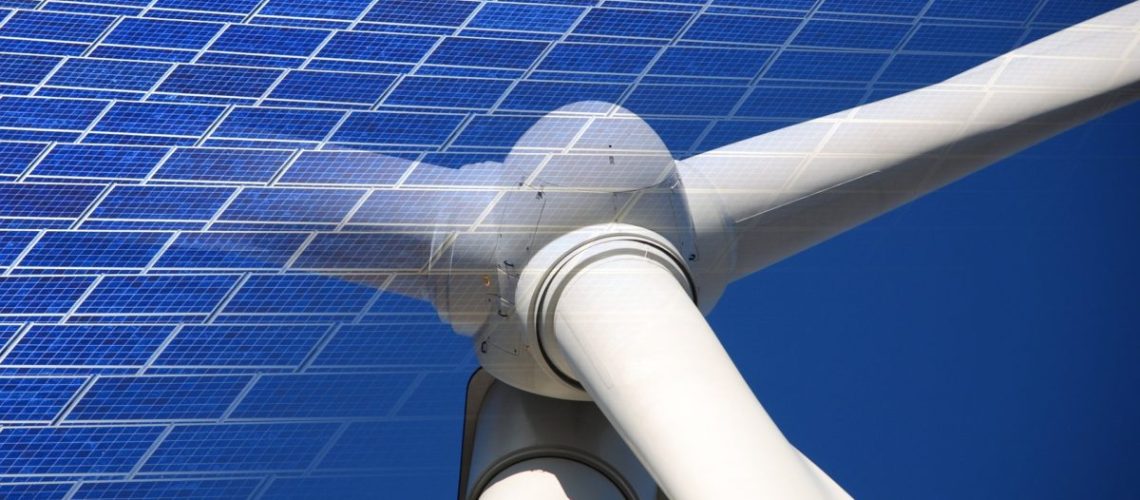Deloitte’s 2024 industry outlook identifies five trends and details the challenges, while predicting a strong future for U.S. solar and storage.
Deloitte’s 2024 renewable energy industry outlook looks at the adoption of renewable energy in the U.S. in 2023 and paints a rosy picture of solar overcoming challenges as we move into 2024.
In the first eight months of 2023, utility-scale solar capacity additions reached almost 9 GW, outpacing additions from other generation sources and growing 36% over the same period in 2022, the report notes. By the end of this year, the U.S. Energy Information Administration expects utility-scale solar to more than double compared to 2022, which the Deloitte report attributes to the combined force of the demand for decarbonization along with federal investments such as the Inflation Reduction Act (IRA) and the Infrastructure Investment and Jobs Act (IIJA).
The industry outlook report identifies five trends:
- Historic investment. As a result of the IRA and IIJA, the U.S. has seen $227 billion invested in utility-scale solar, storage, wind, and hydrogen, and the report notes that, to date, $100 billion of these investments have materialized.
- Reshoring supply chain. Since passage of the IRA in August 2022, $91 billion in investments have been announced with $9.6 billion in 38 solar projects. Deloitte estimates that the announced solar manufacturing facilities could more than triple this year’s solar module capacity in 2024, potentially meeting U.S. solar demand by 2030.
- Reskilling the workforce. The IRA, IIJA, and the Creating Helpful Incentives to Produce Semiconductors Act are, according to Deloitte, expected to drive around 3 million jobs per year. While this is great news, the challenge is growing and training a workforce with the right skills for clean energy jobs. Help may be on the way, however, in the form of final guidance from the U.S. Treasury on prevailing wage and apprenticeship requirements in the IRA.
- Renewables as a resilience strategy. Renewable energy coupled with energy storage is a highly effective resilience strategy, made all the more important in light of the increasing intensity and frequency of extreme weather events. However, the Deloitte study found a disconnect, with many respondents believing that natural gas is the most resilient form of energy, with renewables ranked the lowest.
- Redefining renewables. While solar, energy storage and wind have seen increased use and lower costs, geothermal and renewable natural gas have made great strides this year. The report suggests that renewable developers may consider expanding into these renewable resources in the coming year as they can help developers “diversify their renewable portfolios and capitalize on new synergies between intermittent and baseload renewables, and between electrons and molecules”.
Caveats
As solar installations ramp up in the U.S., interregional transmission will need to more than double, while regional transmission needs to quintuple, to meet the growth projections by 20235, the report estimates.
While Deloitte is expecting solar and storage manufacturing to surge downstream, the report notes that the reshoring is premised on balancing the 40% price premium of U.S.-made solar modules with the 40% tax incentive that manufacturers can receive if they use 40% domestic components. This will be a challenge because of the lack of cell manufacturing capacity in the U.S. Another challenge is seen in the rising rate of imports, as global solar prices drop.
Moving forward
Expect to see renewables move forward at a rapid pace once the U.S. Treasury releases final tax guidance, the report says. With only 10% of the IRA grant funding release so far, not only will solar and storage (and other renewable) installations soar, but the manufacturing renaissance will develop more resilient clean energy supply chains across the U.S.
The challenges to this growth, the report concludes, include the need for a smart grid that can handle the influx, along with the need for a skilled workforce to manufacture and install the clean energy systems of the future.



